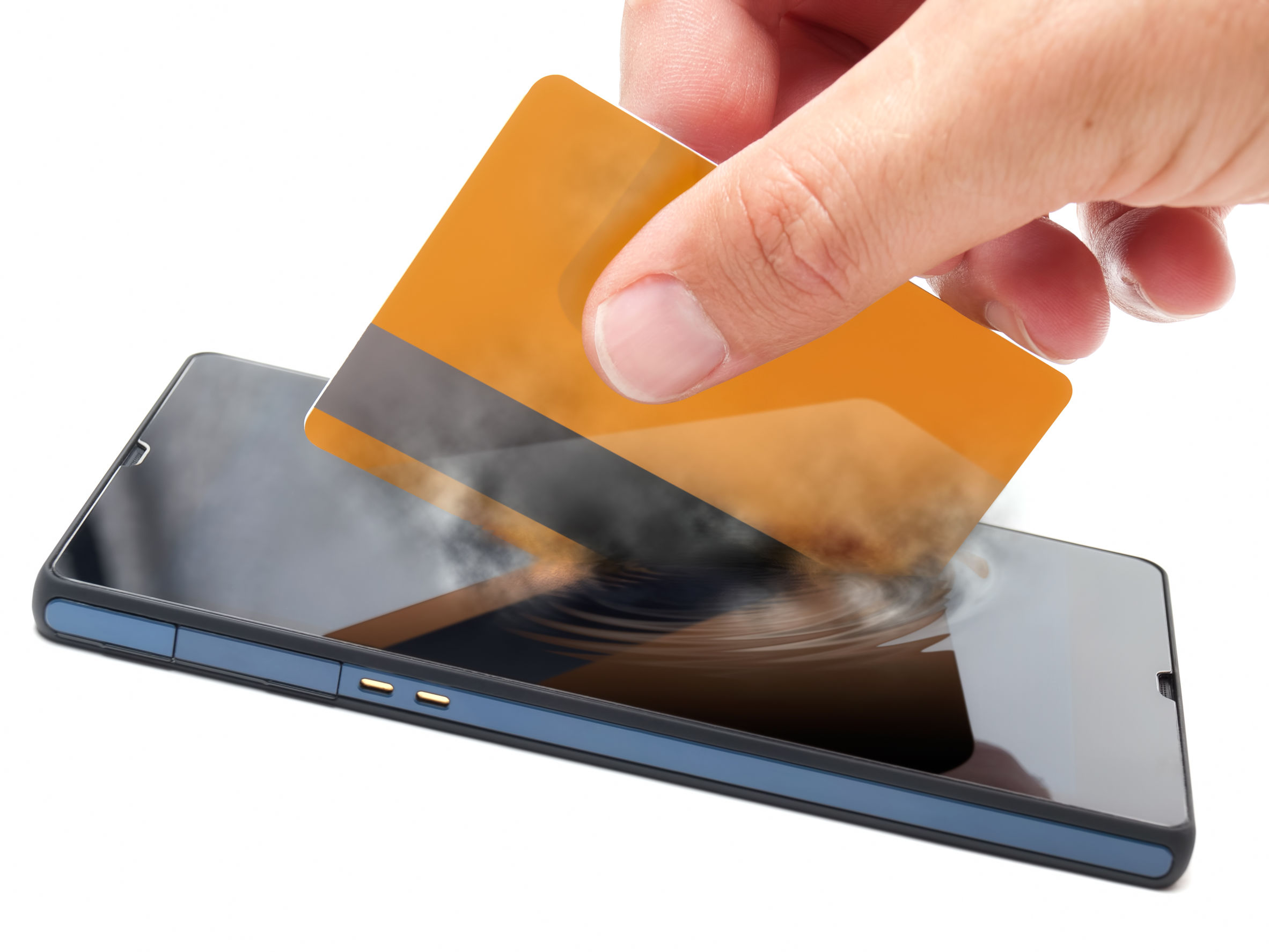Ahh, remember the good ol’ days where you could walk across the office and chat with your favorite work pal while refilling coffee? Or when your clients filled your reception area waiting appointments with your staff?
Because of COVID-19 and social distancing, it may be many weeks, months — or longer — before we have those days again. These changes have forced business professionals across all industries to look for creative and innovative ways to adapt.
While many companies think of retail and related industries being hard-hit by the pandemic, it has also created unique challenges for business-to-business (B2B) services, especially related to B2B payments. According to a study by PYMNTS.com, about 64% of B2B payments are still made by check. If you compare that to the business-to-consumer (B2C) industry, you’ll see that B2B lags far behind, with almost 70% of B2C payments made electronically.
Time to Make the Digital Push
If you’re still relying heavily on paper checks and other paper-based and manual processes for B2B payments, now is the time to consider dropping it all into the shredder and moving toward electronic payments.
Here are 4 ways moving to electronic payments can improve your operations:
1. Fewer Touchpoints
In this pandemic, it’s a good idea to decrease touchpoints in daily activities. By eliminating paper checks, you can help decrease the number of physical touches needed to get payments into your systems. Think about eliminating the mailroom shuffle across departments and the hand-offs around your office before a physical check finally gets sent off to the bank.
2. Systems That Talk to Each Other
If you’re using disparate software or paper processes and spreadsheets to manage everything related to payments (sales, billing, invoicing, accounts payable, accounts receivable, etc.), consider adopting a business management software solution that unifies your core systems and makes data sharing and visibility easier.
Don’t look for workarounds to tie your existing piecemeal systems together. Instead, consider a business management solution that includes integrations for your existing systems or one that’s so easy to use for all of your critical functions, you’ll never look back.
3. Less Repetition, Fewer Errors
A business management software platform can also help you eliminate a lot of those repetitive tasks related to the touchpoints mentioned earlier. It can also decrease the chance of human errors caused by manual inputs and tedious data imports and exports.
4. Long-term Costs Savings
While there will be upfront and recurring fees for your business management software, you’ll likely find over time you’ll actually save money. If you pay by check, you can save expenses on check ordering, envelopes, and postage, not to mention staff resources you tie up with these manual, repetitive paper-based tasks.
Push Through the Pushback
Moving to electronic B2B payments won’t come without its hiccups. While many may be grateful for the nudge, some clients may insist on still using paper checks. You don’t want to miss out on those payments, so consider having a system in place that allows you to process both electronic and physical payments seamlessly – and without duplicate data entry.
Moving forward, adopt a digital payment expectation with new clients. Explain the benefits — not just for your business but your customer, too. Make sure your sales team understands why “the old way” needs to become a thing of the past and provide them with the resources they need to adequately explain your processes and payment expectations for all new customers.
To learn more about how integrated payment processing can streamline your business’s operations, check out our aACE+ Payments feature highlight. And to see aACE in action, register for an upcoming webinar today.




